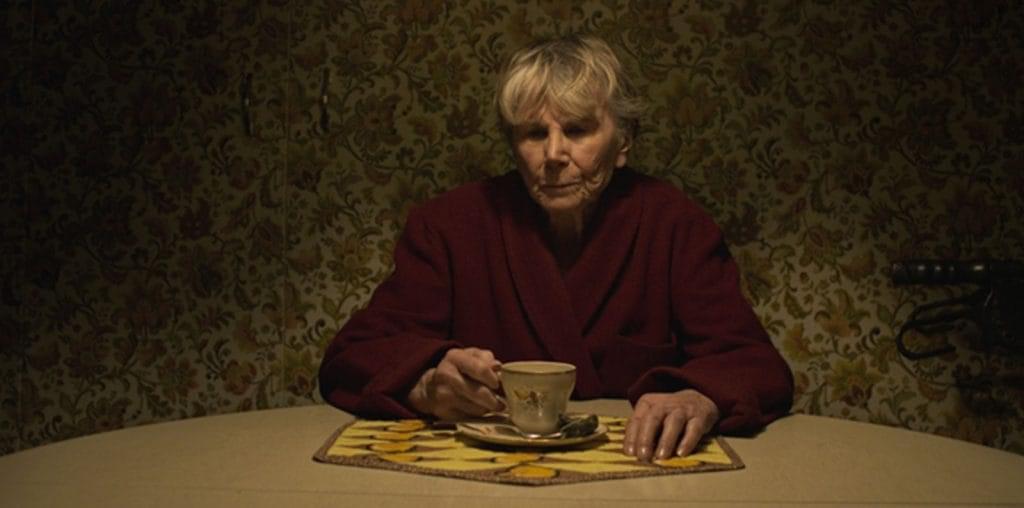
Maurice Tourneur was clearly the right director to adapt George du Maurier’s “Trilby” for the screen – the French-born artist had an innate gift for remarkable visual framing and a talent for bringing fine performances from his casts. Unfortunately, his “Trilby” was made at the wrong time: 1915, when the silent film was at a point of transition from the excess of theatricality that shaped its early years to a distinctive cinematic style. The lack of sound also diluted the tale, which was anchored in song and music.
Furthermore, it didn’t help that Tourneur was working for a production company that did not allow him to explore a lengthy running time that would have enabled a deep plumbing of the du Maurier text. As a result, the film primarily focuses on the wicked relationship between the hypnotist Svengali and his captive, Trilby, to the point that most of the colorful characters of the story were either cut out or severely edited. Mercifully, the film jettisons the blatant anti-Semitism that du Maurier imposed on Svengali – although the film’s make-up and costume chiefs create a grotesque Svengali whose appearance obviously mirrors the stereotypical physiognomy associated with Jews in the anti-Semitic literature of the early 20th century.
Despite its flaws, “Trilby” is an entertaining drama set in the Latin Quarter of Paris, where the artist’s model Trilby (Clara Kimball Young) is the life of every party she attends. She is smitten with the English artist Billie (Chester Barnett), but the evil musician Svengali (Wilton Lackaye) becomes obsessed with her. Svengali hypnotizes Trilby, and while under his spell she is able to sing in a rich contralto voice. Svengali takes Trilby from Billie and is able to bring her to a level of concert hall superstardom. But the stress of keeping Trilby in his power ultimately weakens his heart, as Trilby begins to rediscover her own identity when Svengali’s failing health inadvertently loosens his grip on her.
Lackaye, a noted theatrical star of the early 20th century, provides a rich pantomime as the morally despicable yet strangely compelling Svengali. Mixing sardonic gestures with occasional spells of pure malice, he is the proverbial villain that you love to hate. Young, a major star of the era who is barely recalled today, offers a gift of light comedy as the free spirited Trilby and a heartbreaking angst of the hypnotically controlled young woman who is emotionally frozen to perform against her will.
Tourneur’s direction provides a strong example of the aforementioned transition in silent movie styling. Parts of the film betray the filmed-play approach, with stagnant camera placement and overkill emoting by the actors, but other parts bubble with tilted angles and innovate scene blocking. The film’s Christmas party sequence, complete with a raucous dance number, is a visual treat (and it makes one truly rue the production came more than a decade before sound was added to film).
“Trilby” is an interesting piece of silent film history, and it is also a diverting entertainment. Whether viewed in the pursuit of academia or amusement, it deserves to be sought out.
